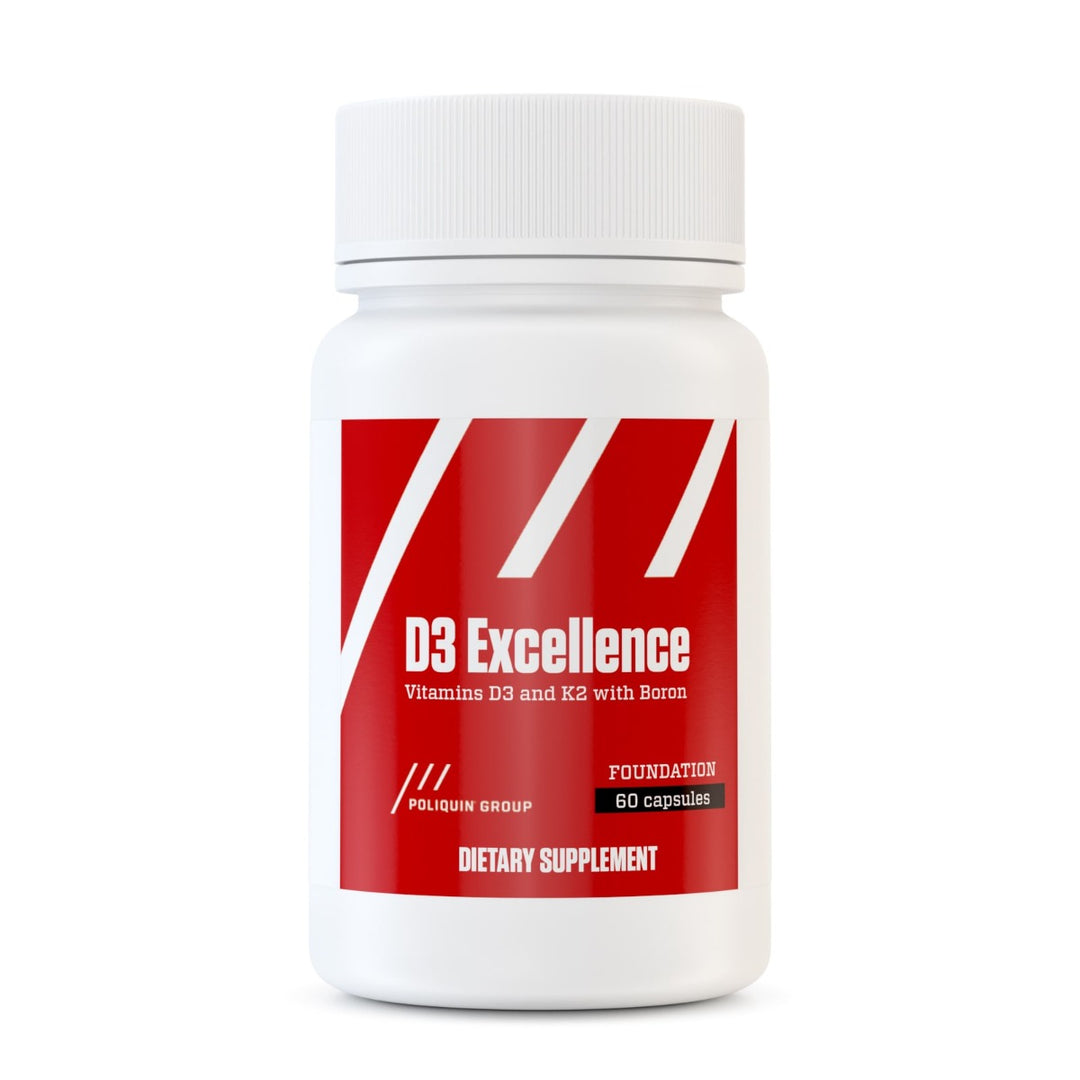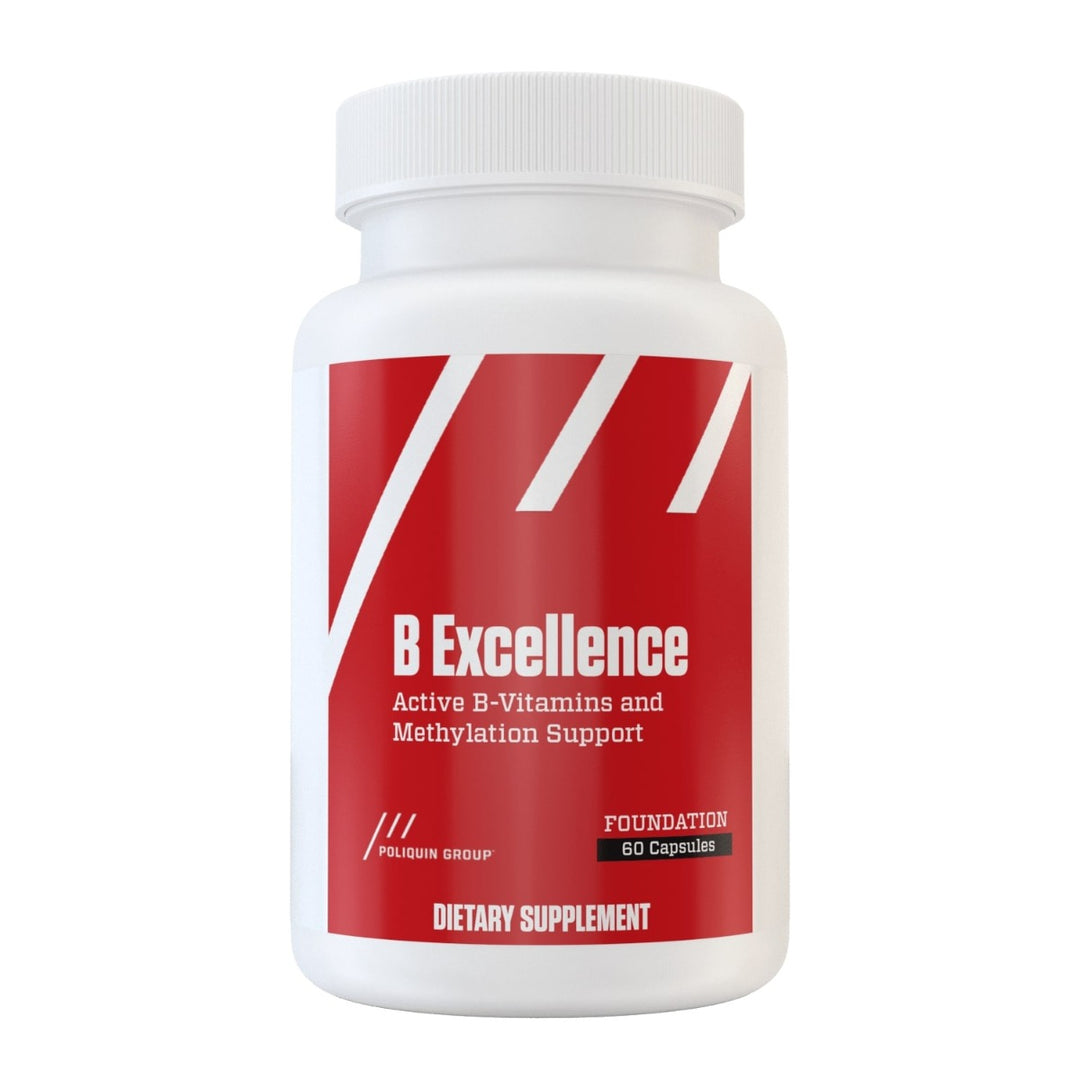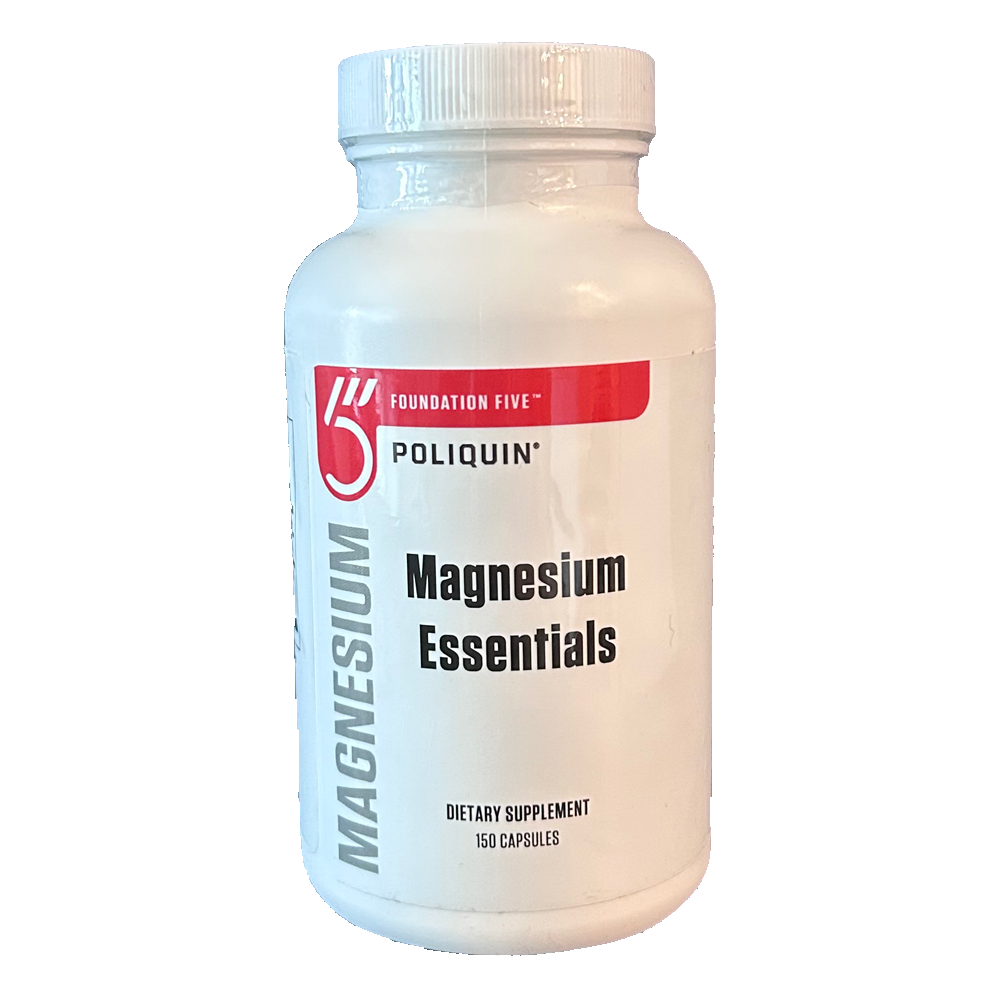The Quick & Essential Guide To Energy Systems
Designing workouts is about a lot more than picking your favorite exercises. Many factors go into putting together a series of workouts that have the power to change your body. In addition to exercise selection, you must account for the number of repetitions, rest periods, tempo (how fast the different phases of the rep are performed) as well as other factors that affect performance such as life stress and physical activity.
To do this, you need an in-depth understanding of the three energy systems that govern the body’s ability to produce energy. This article will provide an overview of the energy systems that you can use in designing effective workouts.
The Three Energy Systems
You’ll remember from elementary science class that the body uses ATP for energy. ATP powers exercise as well as all physical functions in the body. Without ATP we would die.
There are three pathways used to produce ATP:
First, there is the short-term ATP-CP system, (also known as the phosphagen system) which uses phosphocreatine that is stored in the muscle to replenish ATP. The ATP-CP system allows the body to produce a small amount of energy very quickly when oxygen is not present. It can fuel up to 15 seconds of intense activity such as lifting an air conditioner off the ground, sprinting up a flight of stairs, running a 50-meter sprint, or doing a maximal effort deadlift.
Once the ATP-CP system runs out of energy, the second energy system known as the anaerobic glycolytic system takes over. Anaerobic glycolysis provides enough ATP to fuel activity for up to 110 seconds once the ATP-CP system conks out. This system burns carbohydrates from glucose or glycogen to produce ATP and is most active during a 400-meter race, when doing a certain number of deadlifts or chin-ups for time, or doing a shuttle run.
During glycolysis, your cells produce something called pyruvate, which has one of two fates. If no oxygen is present (because you’re working at a very intense rate), pyruvate is converted to lactate. When lactate accumulates at a rate faster than the body is able to metabolize it, it leads to the buildup of hydrogen ions that cause a burning sensation in the muscle. The muscle loses strength capacity and exercise intensity decreases.
On the other hand, if you’re training more moderately and able to get enough oxygen to the muscles, pyruvate is turned into acetyl coenzyme A, which enters the Krebs cycle and is used to make more ATP. This is part of the oxidative aerobic system—also known as aerobic glycolysis, with “aerobic” referring to the fact that oxygen is present and “glycolysis” referring to the fact that carbohydrates in the form of glucose or glycogen act as a fuel source of this third energy system.
The oxidative aerobic system is also capable of burning fat or protein when oxygen is present. Triglycerides, which is the physiological term for body fat, are released and transformed into fatty acids. Fatty acids are transformed into acetyl coenzyme A, which enters the Krebs cycle to produce ATP. Protein is only used during starvation or prolonged endurance exercise. Certain amino acids can be transformed into acetyl coenzyme A when oxygen is present and enter the Krebs cycle.
The oxidative aerobic system provides much of our energy when we are at rest, or when performing easy to moderate exercise intensities, such as walking or distance running. Another time that the oxidative aerobic system kicks in is during rest periods when weight lifting, sprinting, or performing any type of anaerobic exercise that is intermittent in nature.
It’s important to know that multiple energy systems can be active at once. A simple way of understanding the progression of the three energy systems is to think of an all-out sprint, to a slower run, to a jog, to an eventual walk. Throughout that progression, all three systems will contribute, but the ATP-CP system will dominate for the first 10 seconds. Once that is exhausted, the intensity decreases slightly and the anaerobic glycolytic system takes over for another 90 seconds until your pace slows significantly more and you drop off to a jog/walk.
Although duration and power output both play a role in determining which energy system dominates, power output is more important. Here’s an example that makes it easier to understand:
If you get up and walk across the room for 10 seconds, which energy system would you predominantly use?
The answer is the oxidative aerobic system because the power output is so low. Even though you are only walking for 10 seconds, the power is low enough that you could sustain if for hours and hours.
In contrast, if you sprinted all-out for 10 seconds, what system would you predominantly use?
The answer is the phosphagen system because it is the only system capable of producing ATP fast enough to allow you to produce the high degree of power necessary for a sprint.
How can you apply this information when designing workouts?
Fortunately, sports scientists have devised a work-to-recovery ratio chart to help us:
| Approximate % of Maximum Power | Primary Energy System Stressed | Typical Exercise Duration | Range of Work-To-Recovery Ratios |
| 90-100 | Phosphagen | 5-15 sec | 1:12 to 1:20 |
| 75-90 | Glycolytic | 15-60 sec | 1:3 to 1:5 |
| 30-75 | Glycolytic & Oxidative | 1-3 min | 1:2 to 1:4 |
| 20-35 | Oxidative | >3 min | 1:1 to 1:3 |
Let’s take an example, such as training for relative strength. Say you are doing squats for 4 reps with a 4010 tempo (four seconds lowering, one second coming up). Each rep will take 5 seconds and each set 15. You are training predominantly the phosphagen system and need to allow sufficient time for the central nervous system to recover. A work-to-recovery ratio between 1:12 and 1:20 or 3 to 5 minutes is sufficient.
Sometimes it’s not as simple as checking the work-to-recovery (W-R) chart. Applying work-to-recovery ratios takes some experience. Say you are training for body composition with supersets. When training for body composition, the goal will be to accumulate a significant amount of lactate because lactate correlates with release of the catecholamine hormones and growth hormone, which have lipolytic, fat burning effects. Lactate accumulation is also linked with EPOC, which is the increase in metabolism you experience during the recovery period after an intense workout. These factors are known to improve fat loss.
Therefore, it’s typically recommended that you train supersets that include a lower body exercise followed by an upper body exercise with shorter recovery than would typically be prescribed based on the chart. If you are training squats followed by overhead press for a tempo of 4010 and 10 to 12 reps per set, each set will take 50 to 60 seconds to complete. According to the W-R chart, you would use a 1:3 to 1:5 ratio. However, because you are training supersets and the goal is incomplete rest and lactate accumulation, you can use shorter rest in the 30 to 60 second range.
Final Words: With a little practice, you’ll know how to modify work-to recovery ratios for multiple populations. Use your newfound understanding of energy systems to develop workouts that help you reach your goals faster.











